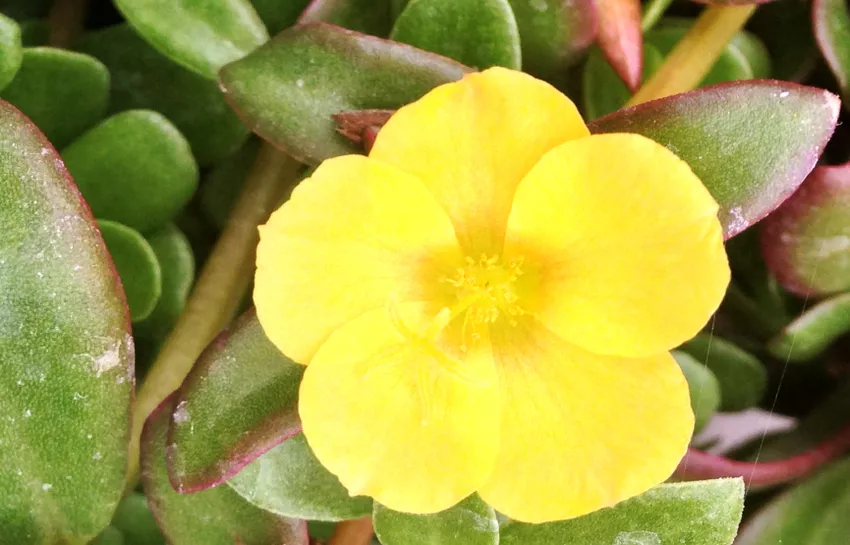Although purslane is a tasty and healthy vegetable, it also spreads very quickly and can become a nuisance. The problem here is that purslane quickly displaces all other plants - as a rule, you cannot eat as much as the herb grows back. The fight is very difficult, which is why you have to act in time.

Purslane develops up to 10,000 seeds
Purslane self-seeds very reliably, with each plant producing around 10,000 seeds. The problem with these seeds is that they remain viable in the soil for up to 30 or even 40 years - and therefore always come back when you hadn't expected them at all. Therefore, if you have purslane in the garden, you should make sure not to let the plants flower under any circumstances. The inconspicuous, small, yellow flowers appear between June and October and must be cut off regularly so that the fruit capsules with the black-brown seeds cannot form in the first place. On the other hand, if purslane grows where it doesn't belong, the only solution is to tear it out.
If necessary, remove the top layer of soil
If the plant population is already very strong, you will probably hardly be able to control it. In these cases, only the use of herbicides usually helps, whereby these not only make the purslane inedible in the vegetable garden, but also all other vegetables and herbs. In particularly severe cases - when the plants come back despite constant uprooting - you can also remove the top layer of soil together with the seeds it contains and fill in new topsoil instead. However, chemical treatment to render harmless any seeds still present in the soil is not possible.
tips and tricks
Another option is to simply mulch heavily infested areas or cover them with overgrown plants. However, the problem of the seeds remaining germinable in the soil for a very long time still remains, i. H. the purslane will be suppressed after such an action, but will come back afterwards.
IJA